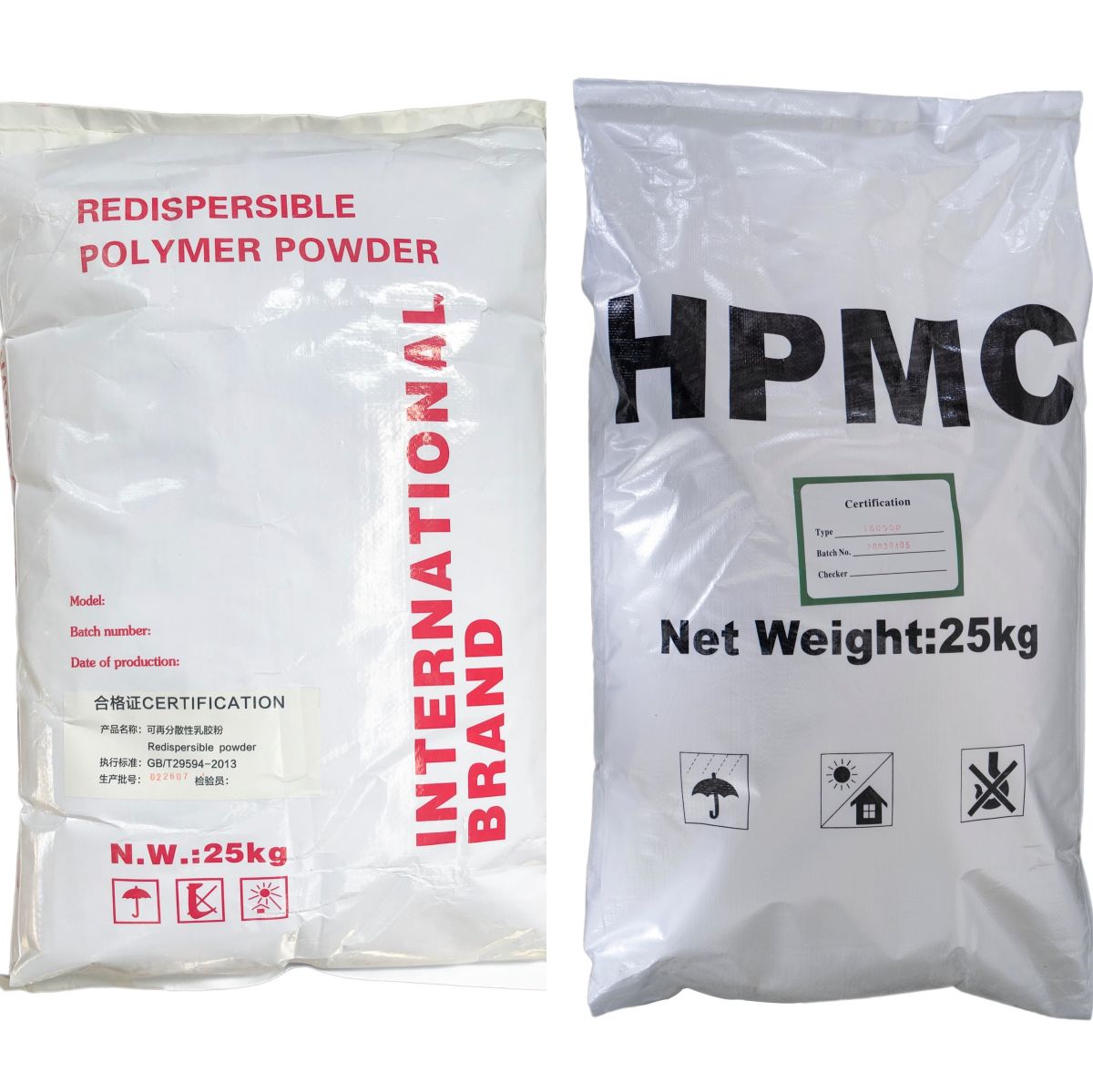Benefits of using RDP
Improved operability
RDP increases the processability of building materials, making them easier to mix, apply and use. This reduces labor costs and increases productivity on construction sites. RDP enhances material flow, slump and spreadability. The end result is a more uniform end product. In addition, it prevents segregation and seepage of materials during transportation and placement.
enhance adhesion
The use of RDP in construction materials offers significant advantages as it enhances the adhesion of these products. RDP creates a strong bond between material and substrate. These properties enhance the material’s resistance to delamination, cracking and spalling. Hence, it will result in a more durable and long-lasting end product. RDP enhances the adhesion of building materials to substrates such as concrete, wood and metal.
increase water resistance
RDP increases water resistance by forming a hydrophobic barrier that repels water. This is especially important for materials exposed to water, such as facades, roofs and floors. Especially important for materials exposed to water such as facades, roofs and floors. RDP increases water resistance and prevents moisture damage. For example, mold growth, bloom and corrosion.
better freeze-thaw resistance
RDP increases the freeze-thaw resistance of building materials by enhancing their ability to withstand freeze-thaw cycles. This effect is important for materials exposed to cold weather conditions. For example, public roads, bridges, and sidewalks. Adding RDP prevents material damage, cracking and peeling. Ultimately, maintenance costs can be reduced.
Enhanced flexibility
RDP increases the flexibility of construction materials by increasing their elasticity and ductility. This is especially important for materials subject to stress. Since it improves the flexibility of the material, it can effectively prevent the material from being damaged. For example, it prevents floors and walls from cracking and warping. This advantage ultimately enhances the material’s ability to absorb vibration and shock.
increase strength
RDP powders increase the strength of building materials. This includes their compressive, tensile and flexural strengths. This is especially important for materials subject to heavy loads, such as bridges, buildings and pavements. In addition to preventing cracking and collapse, increasing the strength will increase the durability of the material.
Enhanced durability
RDP enhances the durability of building materials by enhancing their resistance to abrasion, impact and chemical attack. Therefore, this is critical for materials exposed to harsh environmental conditions. For example, public roads, bridges and tunnels. Increased durability extends the life of the material. Overall, the use of RDP can improve the appearance and life of materials.
reduce shrinkage
RDP reduces shrinkage of building materials by enhancing their water holding capacity. This property is especially important for materials exposed to dry conditions. Reducing shrinkage prevents the material from cracking and deforming. Thereby enhancing the dimensional stability of the material.
Sustainable
RDP is a sustainable material that reduces the environmental impact of building practices. RDP is made from natural and synthetic polymers and can be manufactured using environmentally friendly processes. Its use can reduce the impact of environmental pollution generated during the construction process.
Cost-effectiveness
RDP is a cost-effective material that can reduce overall construction costs. RDP powders improve the properties of building materials. It greatly reduces the need for additional labor and equipment. This saves costs for contractors and project owners. Additionally, RDP reduces the need for frequent maintenance and repairs, resulting in long-term cost savings.
Overall, RDP is an innovative material that brings many benefits to sustainable building practices. At the same time, it reduces the environmental impact of shrinkage and construction practices. Additionally, RDP is a cost-effective material that reduces construction costs.
Overall, using RDP can help create more durable and long-lasting construction projects. This can better help buildings withstand the challenges of harsh environmental conditions. By taking advantage of RDP, contractors can reduce the costs and risks associated with construction. In addition, it can contribute to a more sustainable future.
Post time: Jun-20-2023

